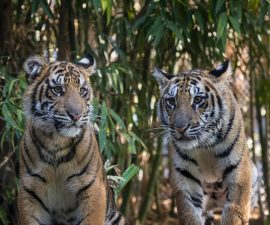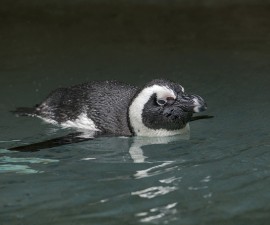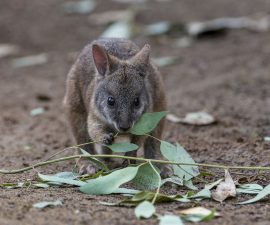Welcome back to the San Diego Zoo Safari Park’s Condor Cam! The Condor Cam provides a rare look into an active California condor nest. Over the next five months, you will be able to witness our newest California condor chick grow, develop, and eventually fledge (leave the nest).
For several years, we have been fortunate to be able to show the condor chicks hatching live on Condor Cam. This year was a little different. Sisquoc and Shatash’s egg had some complications during incubation. Early on, we saw signs that the embryo might be in the wrong position inside the egg. We call this a “malposition.” A chick should be in a certain position in order to hatch: its tail should be in the pointy end of the egg and the head should be tucked under the right wing and oriented toward the air cell. The air cell is a pocket of air at the big end of the egg. Next time you crack open a chicken egg at home, look for the air cell.
Our early observations proved to be accurate. After taking the egg to our Harter Veterinary Medical Center for a CT scan, we were able to confirm that the chick was upside-down in the shell.
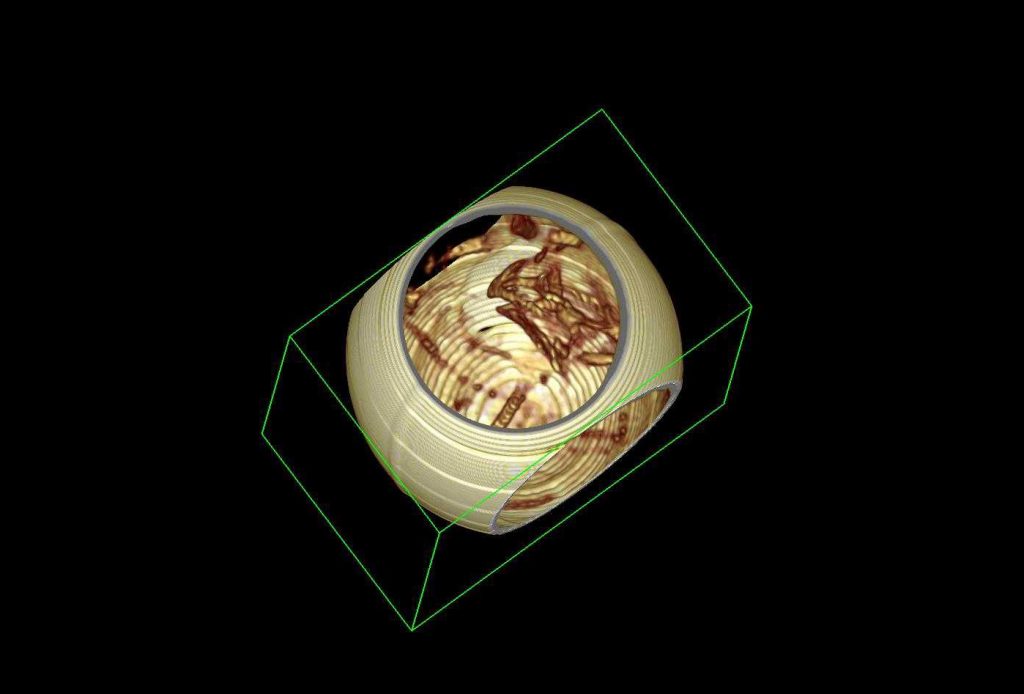
A CT scan of the condor egg confirmed the malposition, giving the team the information they needed to plan their next steps to help the chick.
This is not always a lethal malposition, but it did give us some concern. Think of it like a breach birth for mammals. A small hole was drilled in the large end of the egg , then the egg was propped at an angle in an incubator with the chick’s head angled upward. When the weight of the chick’s body caused it to break through the air cell membrane, the chick settled into the big end of the egg, thanks to the drilled hole. The movement downward into the shell provided the chick with more space and air in the small end of the egg where its head was located. This procedure allowed the chick an opportunity to continue the hatching process on its own, without any invasive procedures on our part.
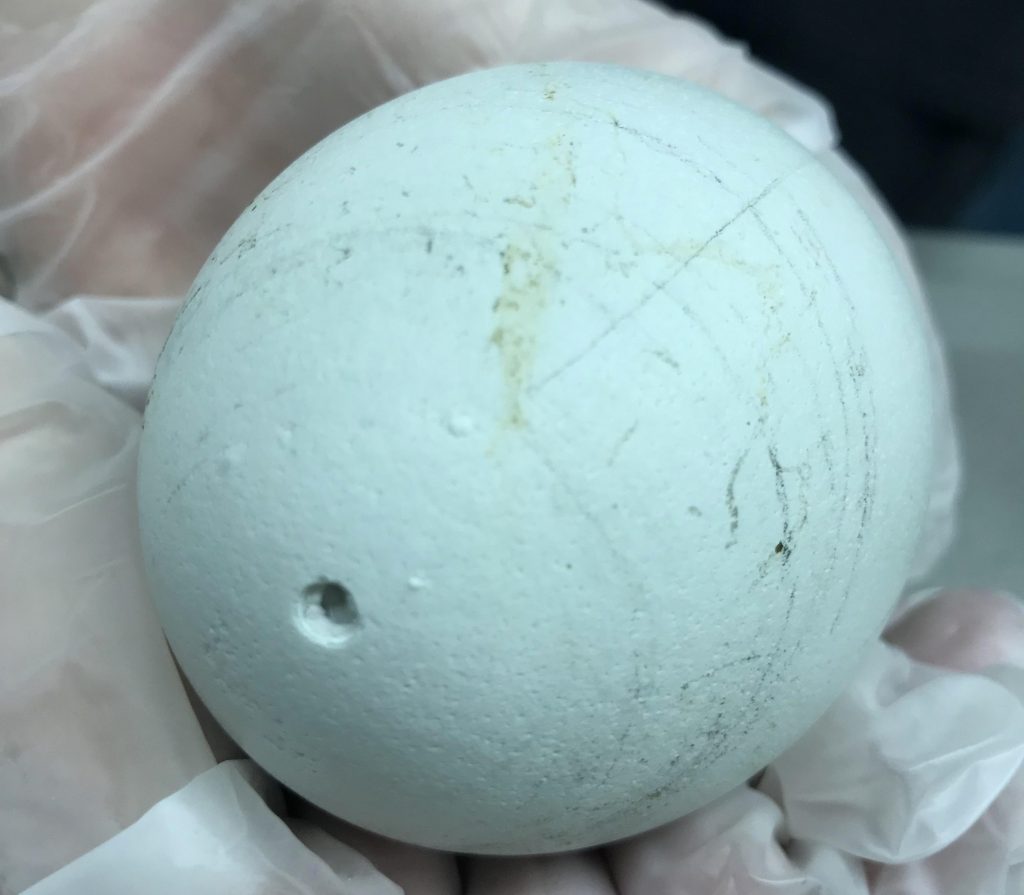
A carefully drilled hole in the air cell end of the egg helped give the embryo room inside the shell.
Much to our relief, the chick broke through the shell, or “pipped”, on its own on March 28! (pictured at the top of this story) The pip was in a really good spot, considering its upside-down position, and was nice and strong. We returned the pipped egg to the parents at around 10 a.m. on the next day. We quietly snuck into the nest box while they were out eating in their flight pen to exchange the pipped egg for the artificial egg that they had been tending while we incubated their real one. Sisquoc returned to the nest and settled back onto their hatching egg.
Happily, the egg hatched with no complications on March 31 at 10:05 a.m. We named the chick Kitwon (pronounced “KEET-won”), which means “to emerge, to come out” in Chumash.
California condors tend to be monogamous and share ALL nest duties: incubating the egg, brooding the chick, feeding the chick, and defending the nest. You will see Sisquoc and Shatash taking turns tending to Kitwon on Condor Cam over the next several months.
Stay tuned for future weblogs describing the growth and development of our new chick. If you have any questions about what you’re seeing, feel free to ask them in the “Comments” section at the end of this post, and we’ll do our best to provide answers. Happy viewing!
Ron Webb is a senior keeper at the San Diego Zoo Safari Park. Read his previous blog, The First California Condor Hatch of 2018.


